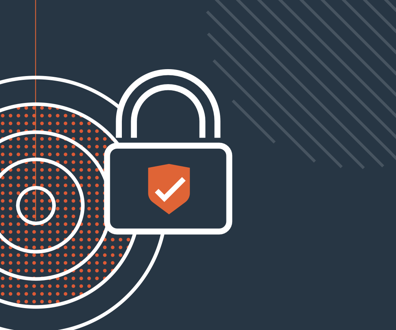sponsor content What's this?
Enabling end-to-end network visibility with Cisco ThousandEyes

Toomi123 | Adobe Stock
Presented by
Presidio Federal and Cisco ThousandEyes

How would 60% faster time to identification transform your agency?
Delivering modern, contemporary service is no easy task. With networks, applications and users becoming increasingly spread out, gaining visibility into user experiences only grows in complexity. Data silos only serve to compound this issue, hindering agencies from gaining much-needed insight into users’, both citizens’ and employees’, digital experiences.
As agencies look to meet the key goals and objectives outlined in Executive Order 14058 on Transforming Federal Customer Experience and Service Delivery to Rebuild Trust in Government, end-to-end visibility platforms could help agencies create assured digital experiences. Monitoring network devices and application code is important, but too often users, both citizens and workers, are impacted by a poor experience and the organization has no way of knowing.
“Having these digital services today is convenient, scalable and agile,” explains JJ Mahon, leader for US public sector sales at Cisco ThousandEyes. “But it’s also complex. No matter where that resource lives, many times, the first indication there’s an issue is when a user creates a ticket to report an issue. It’s reactive.”
However, with Cisco ThousandEyes, subject matter experts like Mahon are working to improve the actual user experience by enhancing federal agencies’ ability to see across all domains that matter and catch issues before they become breaking news.
Mapping digital experiences
Cisco ThousandEyes is a flagship Digital Experience Assurance (DXA) platform, providing IT departments with a 360-degree view across infrastructure that is managed (like MPLS networks) and shared (like SD-WAN and cloud). Cisco ThousandEyes gives IT teams the ability to monitor network performance and behavior from different users’ locations to determine and understand why an experience may be degraded.
For example, if a federal employee working at Los Angeles International Airport (LAX), attempts to access a critical application, but encounters problems, Cisco ThousandEyes users could use the platform to discover that there are issues with third-party providers, like transit ISPs, cloud providers or even SaaS preventing this user from accessing the application.
“Federal employees often look at individual components of the entire journey and miss the connection between different hand-offs,” explains Mahon. “We’re focused on creating a common operating language across different silos and establishing a process for proactive monitoring that nestles into existing workflows.”
Cisco ThousandEyes empowers IT teams to effortlessly integrate their monitoring and automation platforms to drive closed-loop operations, helping automate responses through data-driven insights powered by artificial intelligence (AI) and machine learning (ML). By integrating into existing workflows and leveraging emerging technologies, Mahon explains that federal agencies have all the “ingredients” needed to meet citizens’ digital needs.
“We can identify where the issues are popping up faster, resulting in fewer hours spent troubleshooting incidents,” Mahon says. “In September 2023, Cisco commissioned Forrester Consulting to conduct a Total Economic Impact™ (TEI) study and examine the potential return on investment that enterprises may realize by deploying Cisco ThousandEyes for their enterprise networks. The study found that customers saw 60% faster mean time to identify (MTTI) for disruptive incidents by year three, and 88% fewer FTE-hours spent per incident by year three. By improving ITOps and NetOps productivity, agencies can spend more time advancing their mission.”
Case Study: Scottish Courts and Tribunals
At the height of the pandemic, Scottish Courts and Tribunals (SCTS) had to adapt to new circumstances. Judiciary, legal representatives, witnesses and juries were now remote from each other during trials and hearings, facilitated by video calls . To manage this workload and ensure positive digital experiences, SCTS sought a reliable partner to help them meet mission-critical needs. Therefore, SCTS teamed up with Cisco ThousandEyes to establish secure, resilient pathways for monitoring digital experiences.
“Prior to having ThousandEyes, suggesting that an issue was likely related to somebody's home Wi-Fi or somebody’s local ISP (Internet Service Provider) broadband connection was nothing more than anecdotal,” said Stevie Doogan, unified communications lead contractor within the Change & Digital Innovation team at SCTS.
With ThousandEyes, however, SCTS employees were able to provide insight into any issues affecting connectivity on the individual or group-wide level. True end-to-end visibility helped SCTS empower employees to deliver on the mission and build positive experiences with citizens, and with Cisco ThousandEyes, federal agencies in the US can also meet users’ needs at the speed and scale of the mission.
“The end goal with Cisco ThousandEyes is to get to a proactive state where you’re leveraging end-to-end insight to see and manage any disruption before it impacts user experience,” Mahon explains.
Embrace true end-to-end visibility with Cisco ThousandEyes.
This content was made possible by our sponsors Presidio Federal and Cisco ThousandEyes; it was not written by nor does it necessarily reflect the views of NextGov's editorial staff.
NEXT STORY: Converged Cyber AI: A Paradigm Shift in Cybersecurity





